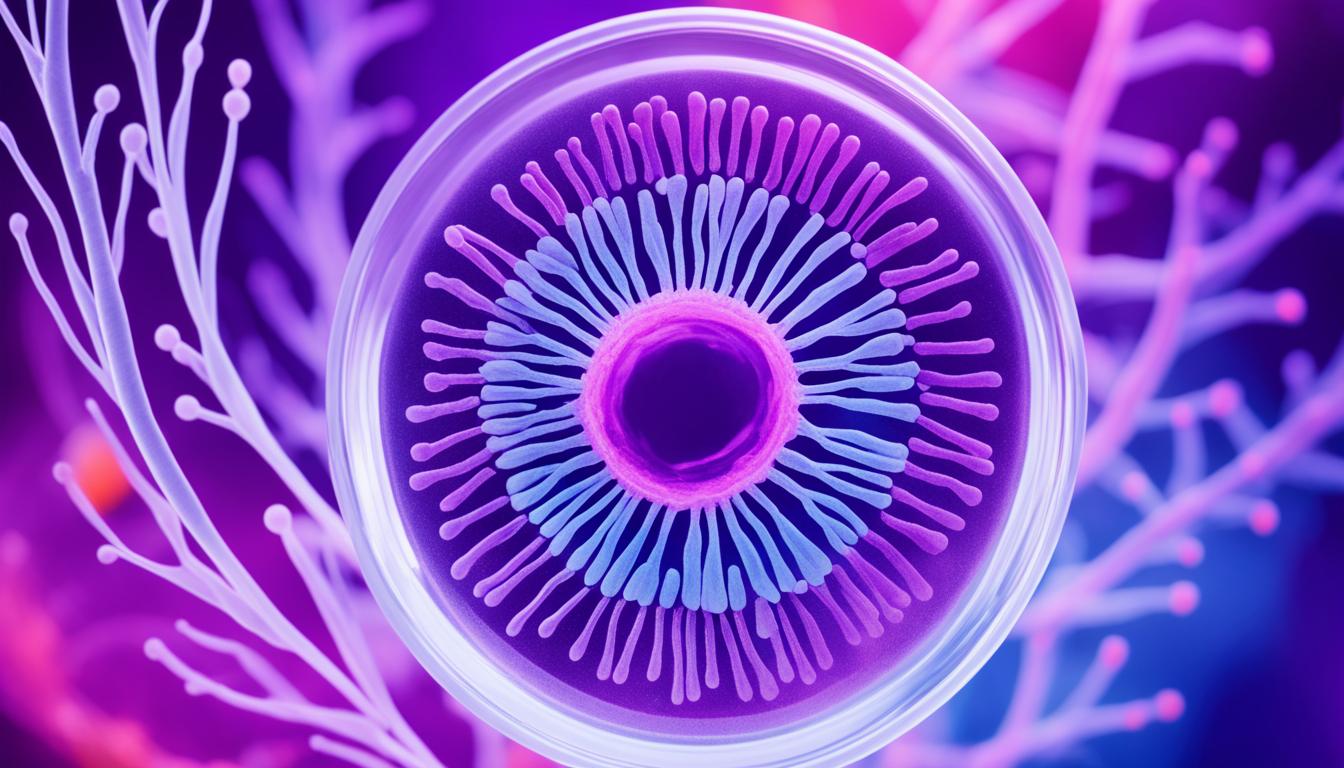Gender dysphoria is when someone feels their gender doesn’t match the one they were born with. This can lead to deep mental and emotional pain.
People with gender dysphoria often feel their true gender is different from what they see in the mirror. They might want to change their physical features to match their true gender.
The exact causes of gender dysphoria in individuals are not clear. It could stem from how hormones work during growth, exposure to certain hormones before birth, or genetic differences.
Doctors confirm gender dysphoria through thorough checkups and discussions. The main treatments include care that affirms a person’s gender, such as hormone treatments, surgeries, and mental health support.
Some are exploring stem cell therapy as a future treatment for those with gender dysphoria. Initial studies suggest it might adjust brain activity related to how someone sees themselves. But, more studies are necessary to know if it’s safe and helpful long term.
Key Takeaways:
- Gender dysphoria makes life difficult due to a mismatch in gender and assigned sex at birth.
- Its signs include feeling a different gender, wanting to change looks, and desiring the other gender’s physical traits.
- The causes aren’t fully clear but might involve biological or genetic reasons.
- To address it, doctors may recommend hormone therapy, surgeries, or support.
- There’s also talk of using stem cell therapy, but it needs more research to understand its role fully.
Symptoms of Gender Identity Disorder
Feelings of distress or discomfort often happen when someone’s gender identity doesn’t match their assigned gender. Symptoms can affect how someone feels and their life quality.
Common signs of this disorder are:
- Difference between gender identity and physical characteristics: Many people feel that their internal gender doesn’t match what they see physically. This conflict can be very emotionally challenging.
- Desire to change or prevent the development of secondary sex characteristics: Some might want to stop or change their body’s development to match their true gender. They might seek hormone therapy or surgery for this reason.
- Strong belief of having the feelings and reactions typical of another gender: Feeling a strong connection to the emotions and experiences of a different gender can lead to a wish to transition. This desire can cause discomfort.
- Desire to be treated as another gender: Others want to be seen and treated as a gender different from what they were assigned. This might involve using different names or pronouns to match their true gender.
These symptoms can affect various parts of someone’s life. They might have trouble in social settings, daily activities, and mental health. It can be hard to make or keep friends, work, or study, and can lead to increased anxiety, depression, and suicidal thoughts.
Causes of Gender Identity Disorder
The exact causes of gender dysphoria, known as gender identity disorder, are still being studied. Researchers think both biological and genetic factors might play a part in this condition.
Hormonal imbalances during growth could cause gender dysphoria. These imbalances might affect brain development and how we feel about our gender. Certain hormones that a person is exposed to before birth might also impact their gender identity.
Some think genetic issues could lead to gender dysphoria. Changes in specific genes might help develop this condition. But, we need more studies to be sure about the genetic aspects.
One idea is that a special process with the brain and testosterone could influence gender identity. Testosterone, a key hormone in sexual development, might affect the brain’s gender identity parts.
Remember, gender dysphoria is complicated. It might be caused by a mix of things like biology, genes, and the world around us. We still need more research to fully get how gender identity disorder works.
Factors That May Contribute to Gender Identity Disorder:
- Hormonal imbalances during development
- Exposure to certain hormones in the womb
- Genetic abnormalities
- Testosterone imprinting on the fetal brain
Stem Cell Therapy as a Potential Treatment for Gender Identity Disorder
Stem cell therapy shows promise in treating several medical conditions, including gender dysphoria. It’s still early, but studies suggest stem cell therapy might change how the brain works regarding gender. This could mean improvements in hormone therapy or surgeries for those seeking gender confirmation.
But, it’s important to note that we need more studies and testing to know if this is both effective and safe long-term. It’s key for those looking into treatments to talk to medical experts. This ensures they get advice based on evidence and ethical standards.
The potential of stem cell therapy is exciting, but we must be careful due to its early phase. It’s crucial to keep up with new information and work closely with healthcare professionals. This way, people with gender dysphoria can choose what’s best for their treatment with confidence.

